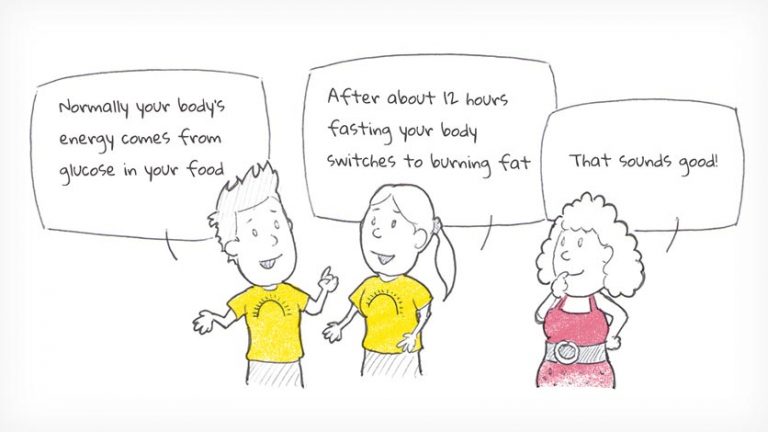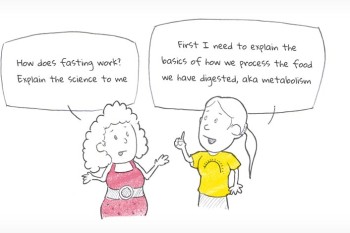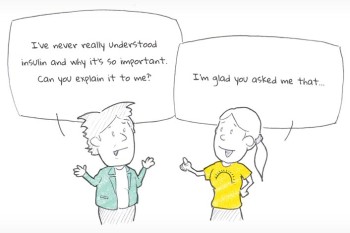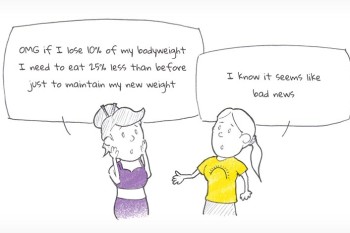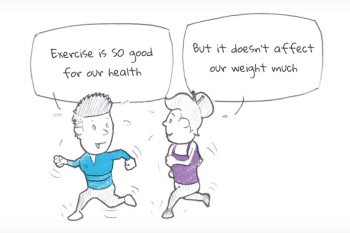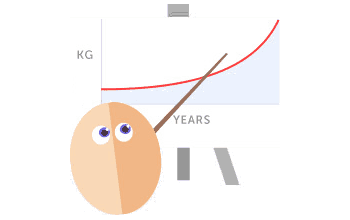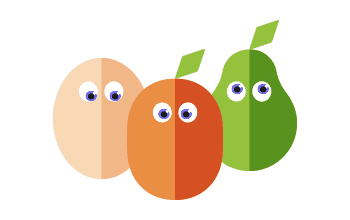Scientists think of our bodies as being in either the absorptive (fed) or postabsorptive (or fasting) state. Once all the food you have eaten has been used or stored, your body enters the fasting state.
In the fasting state, your body still needs energy. It can either use stored glucose (glycogen) or stored fat to meet this need.
Key points:
-
It takes around 12 hours of fasting before any significant amount of fat is being used for fuel.
-
The longer the fasting state progresses, the more of the body’s energy supply comes from fats and the less from glucose.
-
Being active and taking exercise can increase the rate at which the body burns fat while you are fasting.
-
Some people’s bodies are able to move into a fat-burning mode more quickly and effectively than others. This is called ‘metabolic flexibility’. The good news is that with a few weeks’ practice at Intermittent Fasting, your body will become more metabolically flexible.
Learn about insulin and how your body controls storage and burning of glucose and fat
More detail about the fasting state for the scientifically inclined
The body in the fasting state uses a mixture of fatty acids released by body fat (adipose tissue), ketones that are produced from fatty acids by the liver and glucose from glycogen to provide its energy. All of these are needed because different body tissues need different fuels:
-
The muscles can use glucose from their stored glycogen for energy or can use fatty acids from fat stores
-
The heart works well using fatty acids
-
The brain and nerves mainly use glucose but can also use ketones
-
Red blood cells can only use glucose for fuel.
The body maintains blood glucose at levels high enough to fuel red blood cells and the brain by extracting glucose from glycogen stored in the liver (glycogenolysis). The liver can also create new glucose molecules, from conversion of stored fat, and from amino acids (from breaking down protein).
Diagram for the super nerdy

Source: Nature Medicine
Click to view large format PDF version

